Iron is an essential mineral for maintaining a healthy lifestyle. From transporting oxygen across our body to aiding our metabolism and immune function, iron is vital to our longevity. Available in many forms, intake can occur through iron supplementation or naturally through the best foods for iron being added to your diet.
For those believing that missing some iron in your diet is okay, you may want to reconsider as a deficiency can lead to impaired cognitive abilities, decreased energy levels, reduced memory recall, and more. Fortunately, a recent study found that eating foods rich in iron could prevent heart disease, while a couple of known benefits of an iron-rich diet include sharper cognitive abilities and improved concentration. All the same, iron deficiency is the world’s most common nutritional disorder and should be considered seriously by all regardless of age.
Additionally, a newer study found that iron deficiency anemia amongst older adults not only leads to weaker muscles but also doubles the risk of death. Perhaps more disturbing is how those findings also revealed that in the case of women, the risk of dying is doubled when the two conditions are combined. That’s a very significant increase, and so these factors should be monitored clinically.
Given the significant risks surrounding iron deficiency, it’s essential to have a diet rich in the nutrient. To learn more about the best foods for iron, we’ve compiled a list of iron-rich foods that can supplement various dietary needs while naturally boosting your iron from day one. Don’t see your favorite food on the list? Drop a comment below and let us know!
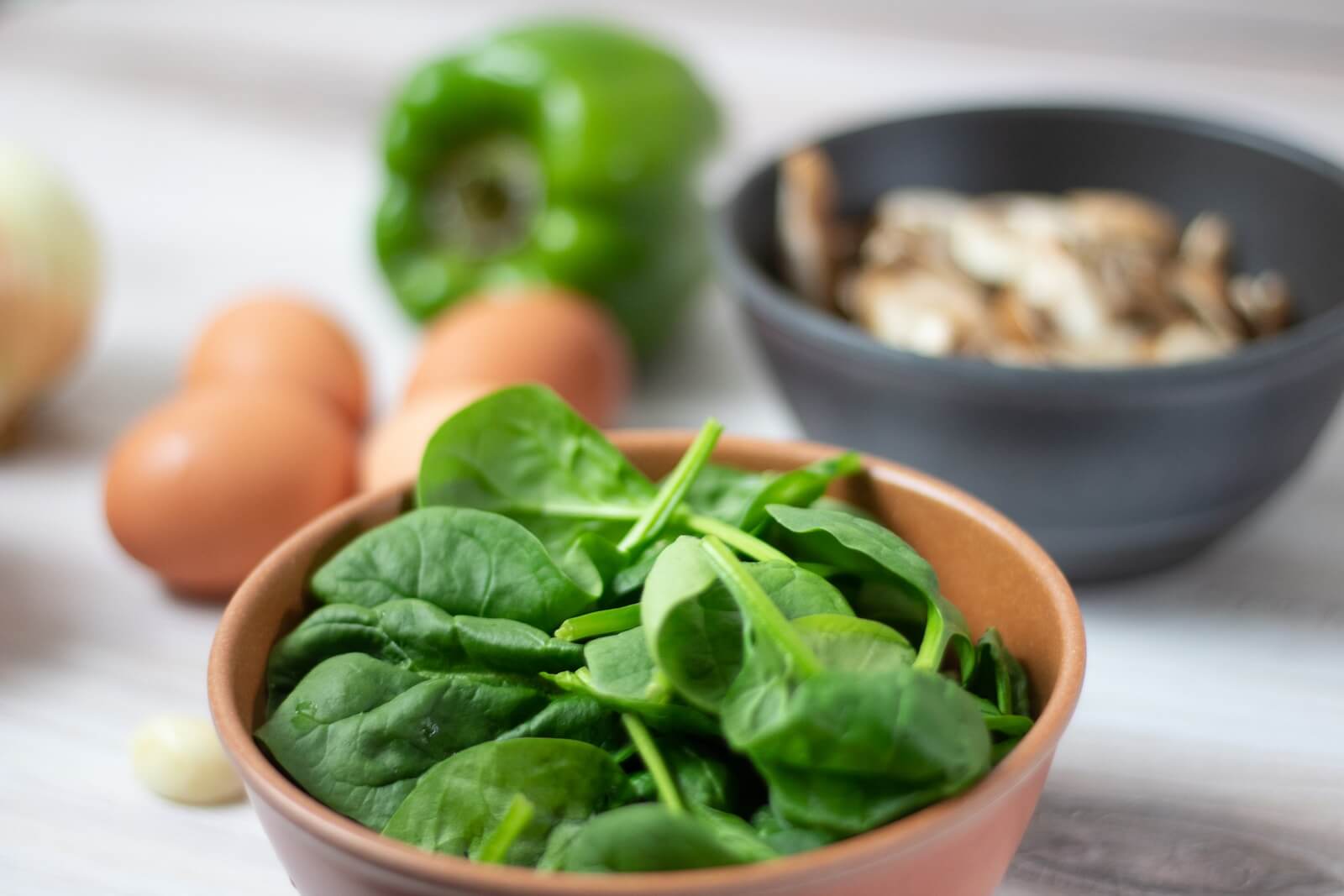
The List: Best Foods for Iron, According to Experts
1. Oysters
Oysters are more than a delicacy. “Oysters are a nutritional powerhouse, fueling us with omega-three fats, zinc, protein, and of course, iron,” says Eating Well. Offering excellent bioavailability, the iron found in oysters is easily digested by our bodies while “just six oysters offer us 44 percent of our daily iron needs.”
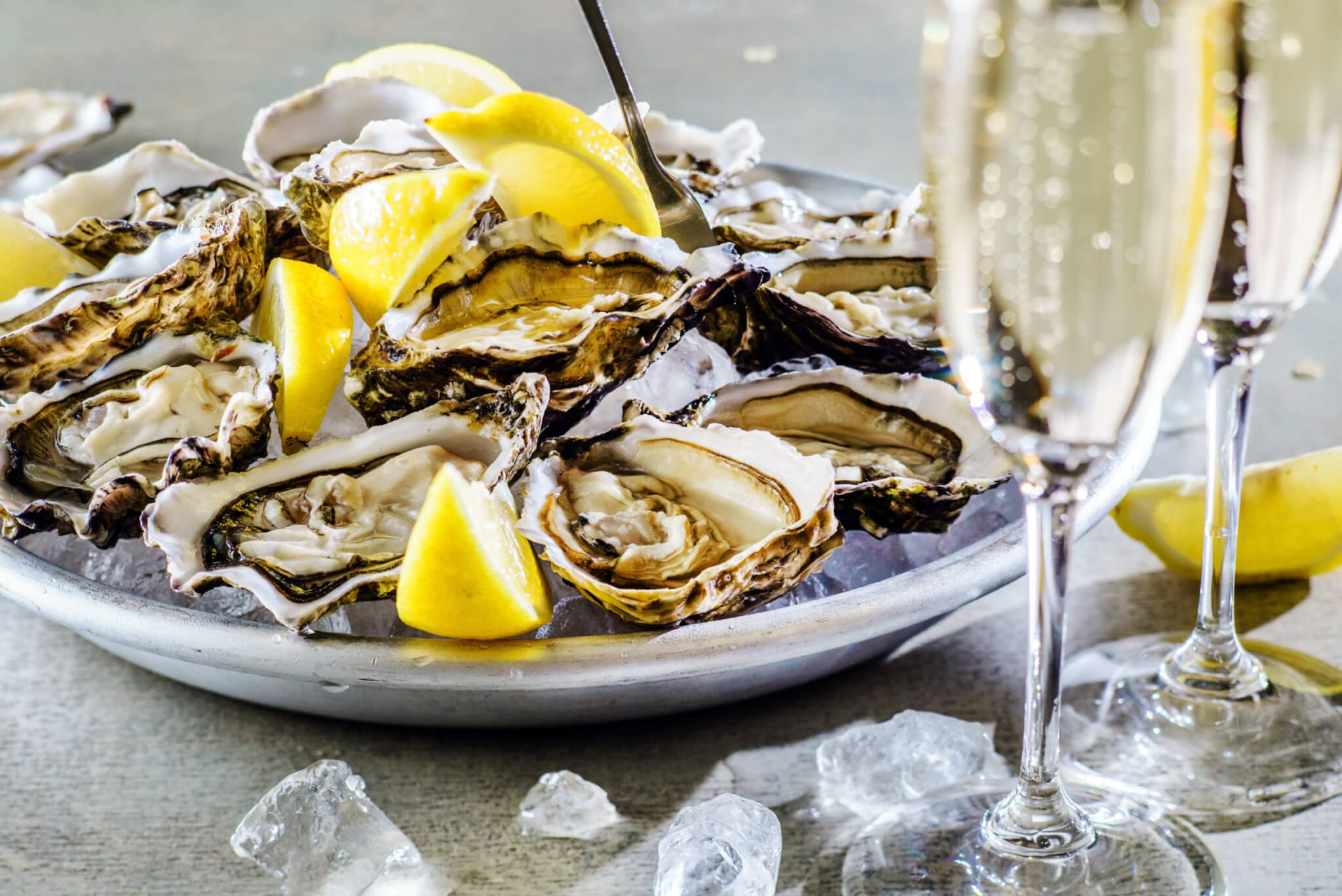
Oysters aren’t only rich in iron but they support heart health and reduce inflammation. “Just three ounces of oysters contain eight mg of iron” making it one of the best foods for iron, reports Good Housekeeping. Additionally, it’s recommended to “drizzle some lemon on them for extra flavor and vitamin C, which will help boost iron absorption.”
“Iron from animal-derived foods is better absorbed than from plant-derived foods,” states Wong from WTOP News. As shellfish, oysters are not only nutritious but are also a sustainable food source. “If you’re trying to avoid red meat, shellfish is a leaner way to get the iron you need.” From delivering that delicate, briny flavor to replenishing our iron stores, oysters bring us the best of both worlds.
2. Beef Liver
Compared to oysters, beef liver nearly doubles iron saturation with “pan-fried beef liver containing five milligrams of iron, or roughly 28 percent of our daily,” reports WTOP News. Additionally, beef liver contains heme iron, meaning, this meat contains the form of iron most easily dissolved by our bodies.
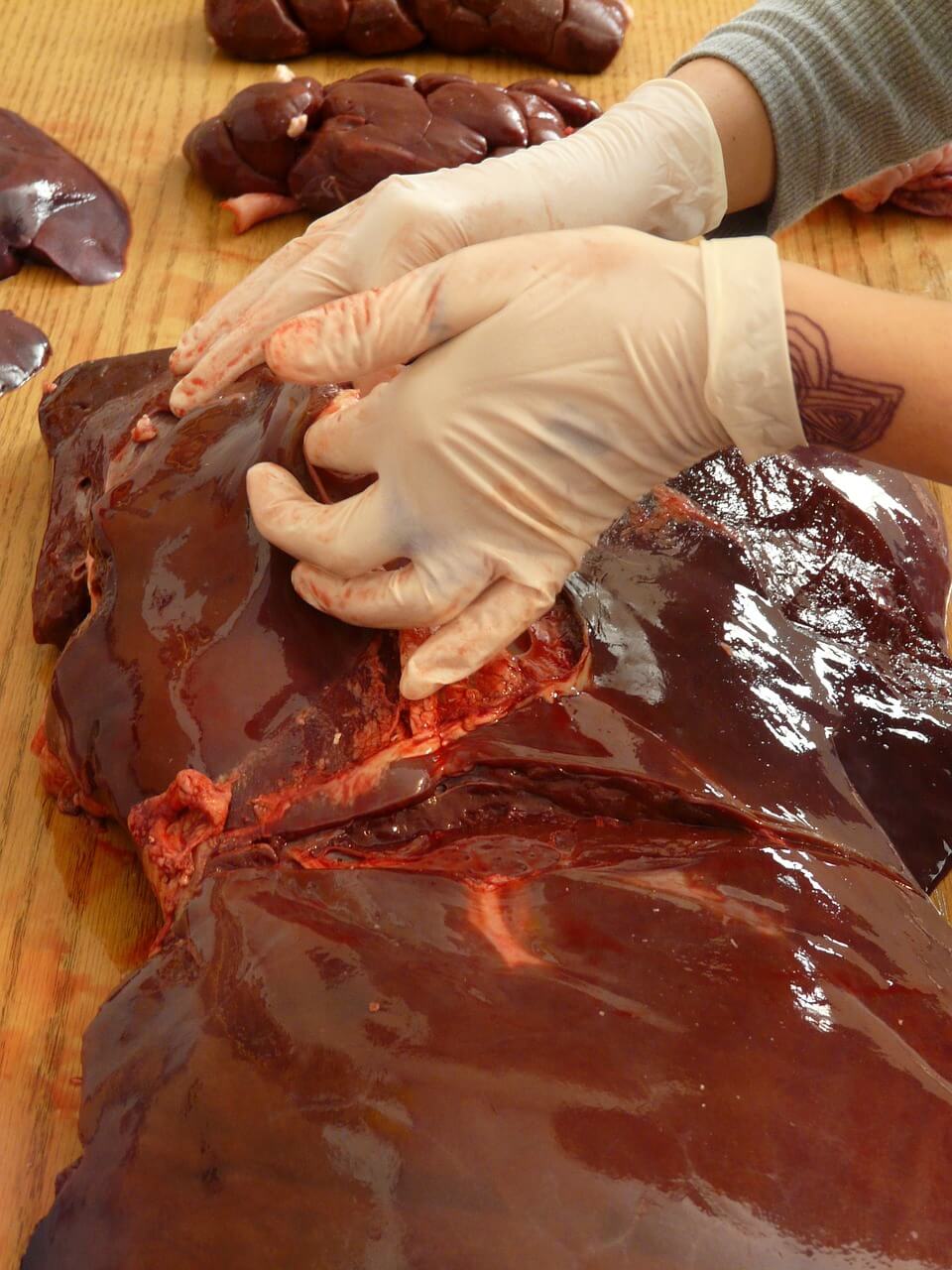
Helping to aid in muscle growth and repair, “beef liver offers 15.2 mg per three ounces” reports Balanced Habits. Given that “most iron deficiencies can be remedied through proper nutrition,” beef liver is a powerhouse food for tackling iron deficiency.
Good Housekeeping mentions that “Although liver isn’t as popular in the U.S. as it is in other countries, it is actually one of the most nutrient-dense foods on the planet.” Beyond delivering a complete amino acid profile, beef liver is also rich in folate, vitamin A, and vitamin B12 while “a standard three-ounce serving of beef liver is abundant in iron.”
3. Spinach
“Popeye was really onto something by eating spinach every day,” says Eating Well. Considered a superfood by many, “a half-cup of cooked spinach packs nearly 20 percent of your daily iron needs and is also an excellent source of nearly a dozen vitamins and minerals.” Additionally, this leafy green is versatile and may be added to “smoothies, pasta, and grain bowls.”
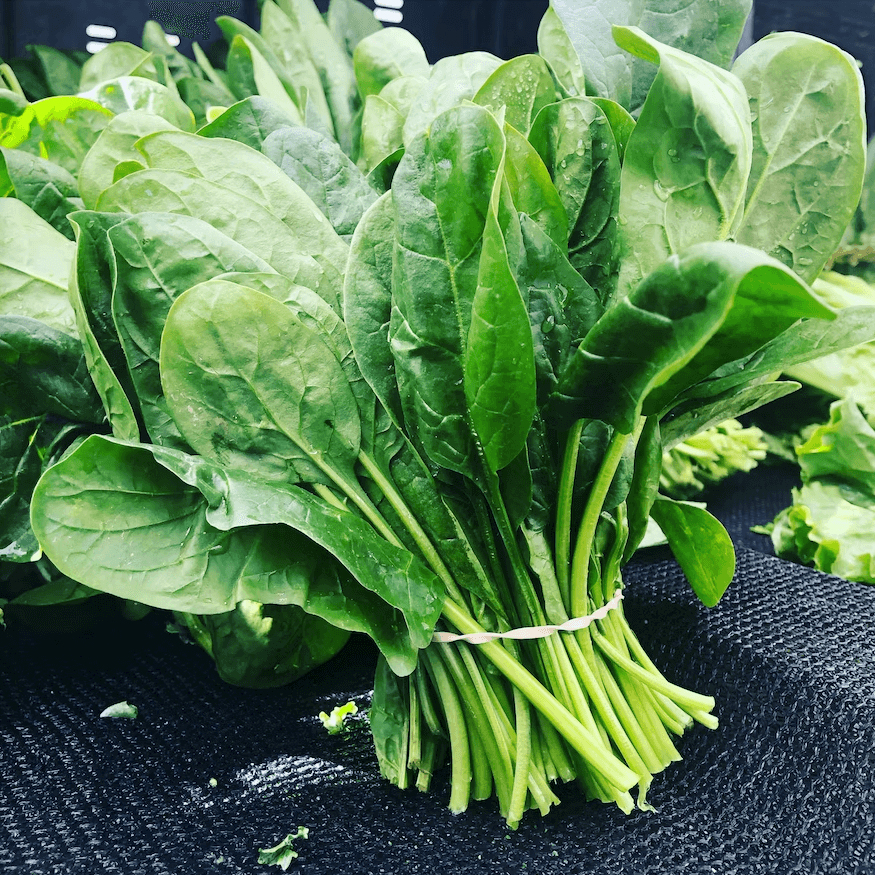
“Green vegetables, such as spinach, offer important nutrients and protective plant compounds like folate, vitamin C, and carotenoid antioxidants,” explains Health.com. Rated as the best leafy green vegetable for iron, just over “six mg per cooked cup of spinach offers 36 percent of your daily iron,” while its high source of carotenoids are known to help prevent cancer and reduce blood sugar levels.
“Spinach is a great source of strength,” reports MomsWhoThink. Only a half cup, boiled and drained, “carries up to three mg or iron!” As a versatile green, spinach can be used in “omelets, egg scrambles, mac and cheese, and smoothies.” Additional benefits from consuming spinach include improved blood circulation and energy levels.
4. Chickpeas
“Chickpeas are more than just another legume” reports Eating Well. As an iron-rich food source, “they contain more than 20 percent per cup” while being packed with “minerals, folate, protein, and fiber.” Additionally, chickpeas are highly versatile, being able to be roasted, used in curries, or baked into cookies.
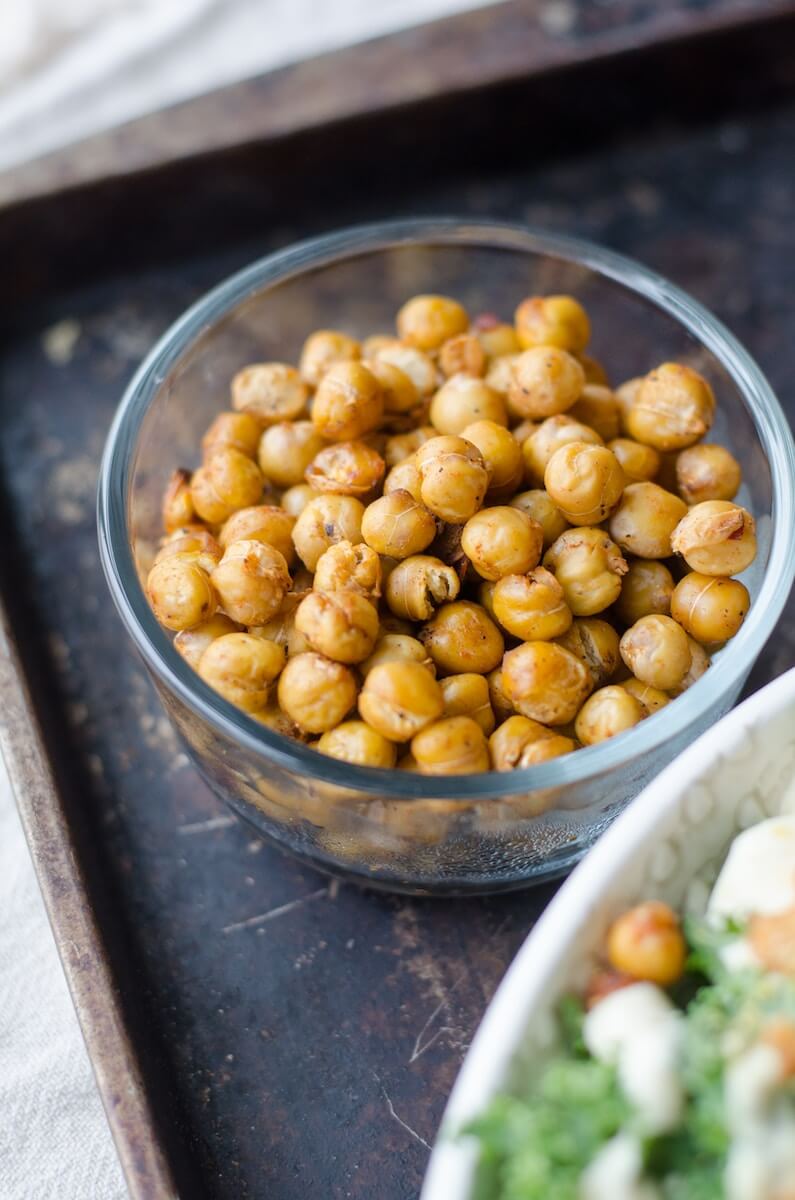
As a plant-based powerhouse, chickpeas can help vegetarians and vegans maintain a rich source of protein and iron in their bodies. “From hummus to crispy chickpeas, there are a million ways to transform them” into your diet with “a half cup of boiled and drained chickpeas containing 11 percent of our daily value,” reports Good Housekeeping.
To improve iron absorption, Of Dreams and Knowledge says to eat chickpeas with “meals strong in vitamin C, such as tomatoes.” Additionally, it’s recommended to combine chickpeas with “a high phenolic olive oil to maximize carotenoid absorption” while chickpeas have been shown to promote healthy digestion as a considerable source of fiber.
5. Kidney Beans
As a non-animal source of iron, legumes like kidney beans aren’t only “rich in iron, but they are also excellent sources of many other essential macro- and micro-nutrients including protein, fiber, folate, phosphorus, potassium, magnesium, manganese, and many healthy plant compounds,” describes Facty. As a legume, it’s recommended to pair kidney beans with foods rich in vitamin C to enhance absorption.
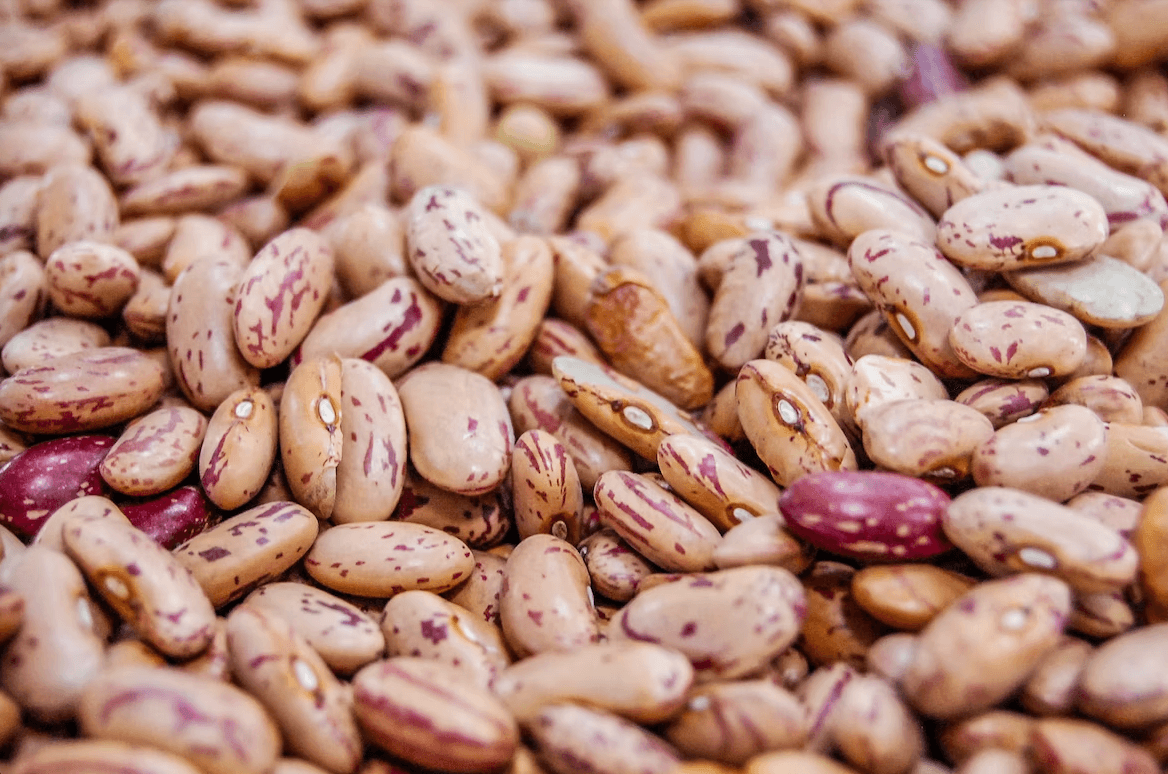
Good Housekeeping ranked kidney beans as one of the best foods for iron, stating “This nutritious bean is rich in plant-based protein, fiber, and a slew of other nutrients.” In addition to being packed with fiber and helping us maintain stable blood sugar levels, a “half cup of canned kidney beans into your favorite dinnertime chili or stew adds two mg of iron or 11 percent of the daily value.”
Kidney beans help nourish our body from within, with “one cup of kidney beans packing 22 percent of your daily value,” explains Eating Well. Being able to be used in a variety of meals, “like soups, tacos, or classic comfort food recipes,” kidney beans offer great versatility on top of being “loaded with protein, fiber, potassium, and magnesium.”
You may also be interested in:
Sources:
- Facty
- Health
- Eating Well
- WTOP News
- BalancedHabits
- MomsWhoThink
- Good Housekeeping
- Of Dreams and Knowledge
Note: This article was not paid for nor sponsored. StudyFinds is not connected to nor partnered with any of the brands mentioned and receives no compensation for its recommendations.
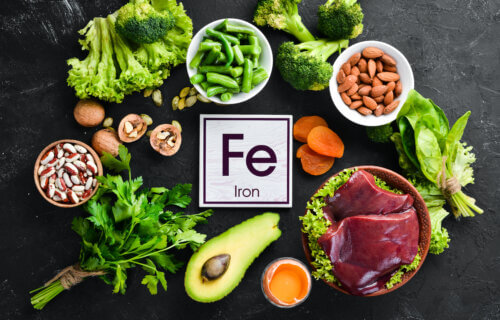
Tá faltando o açaí nesta lista. 😬